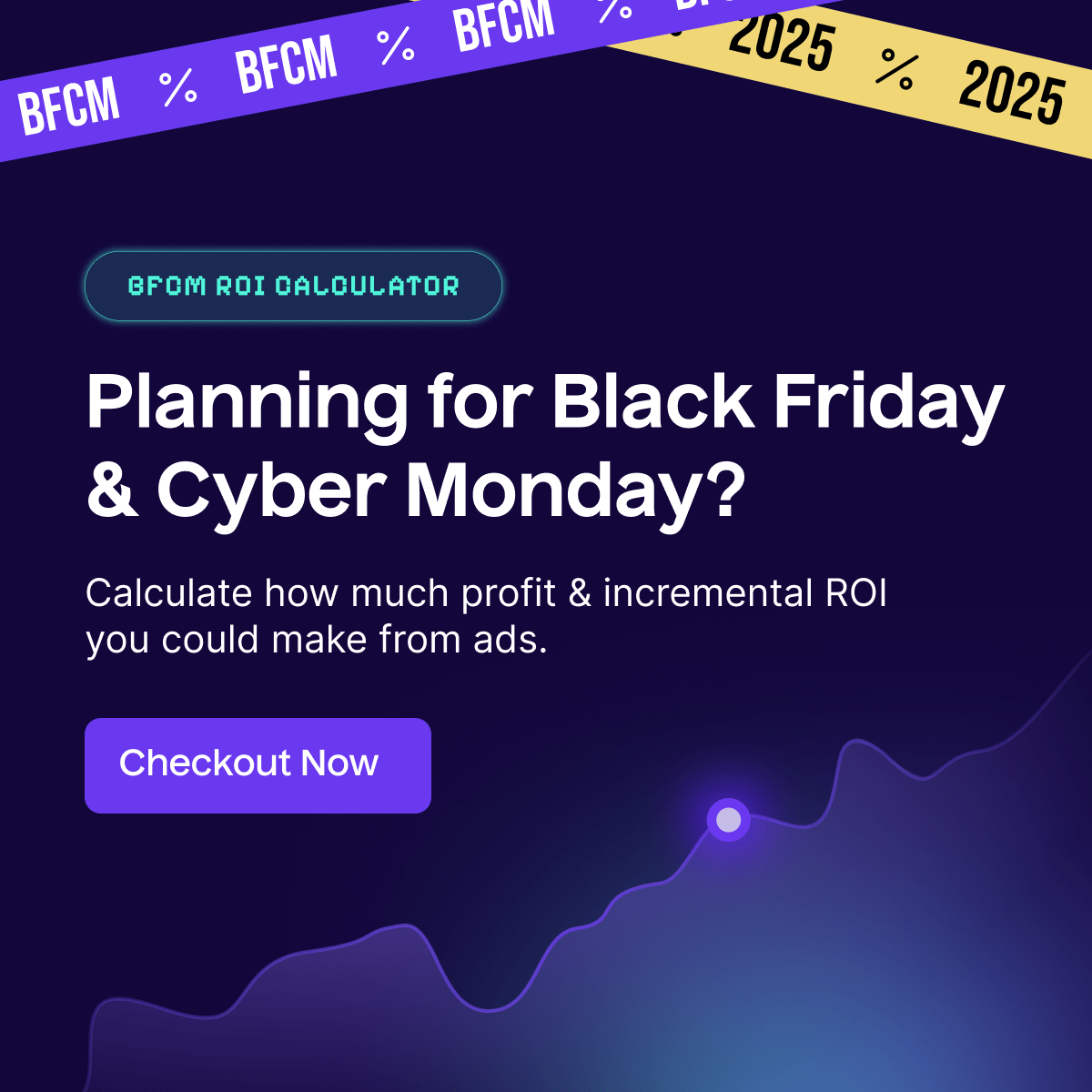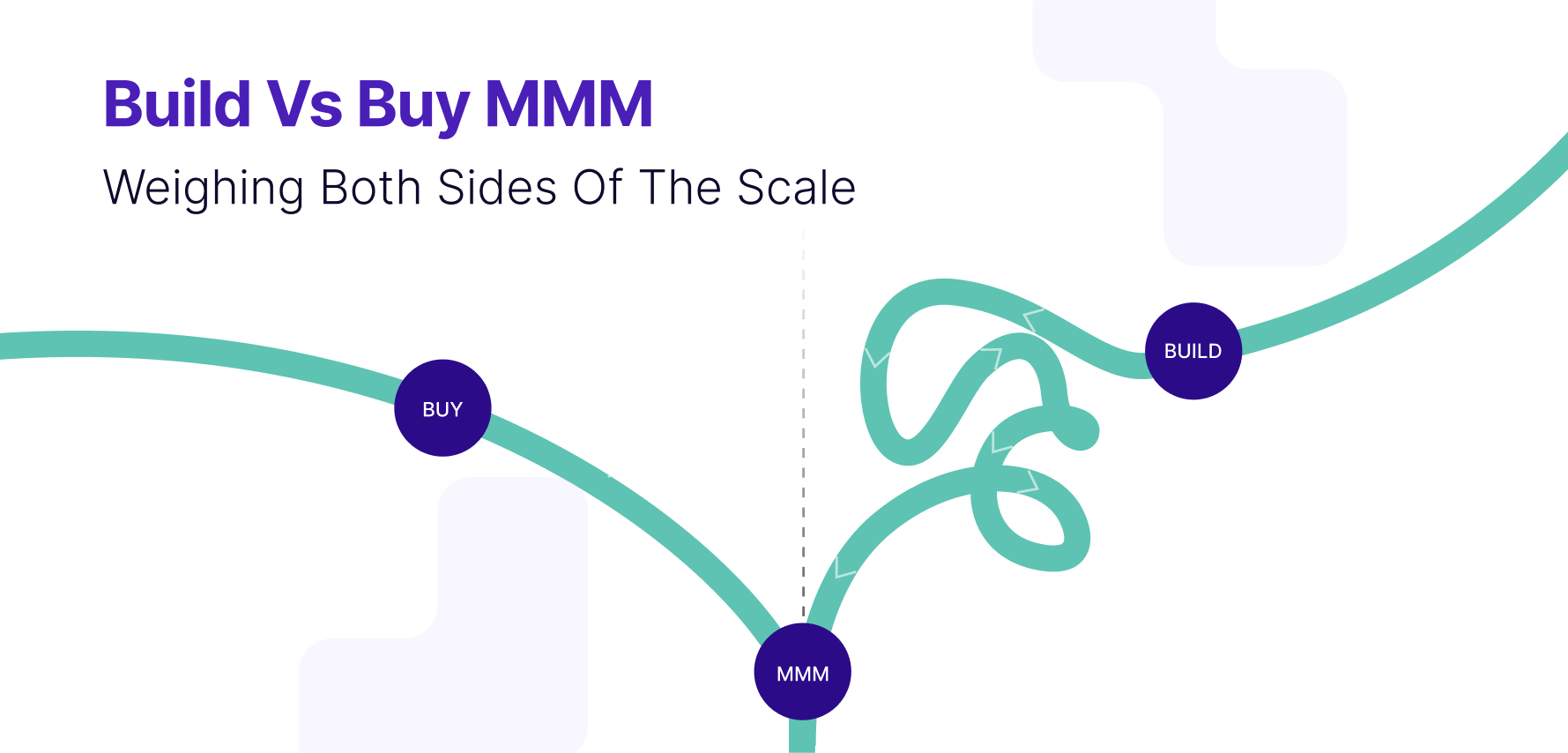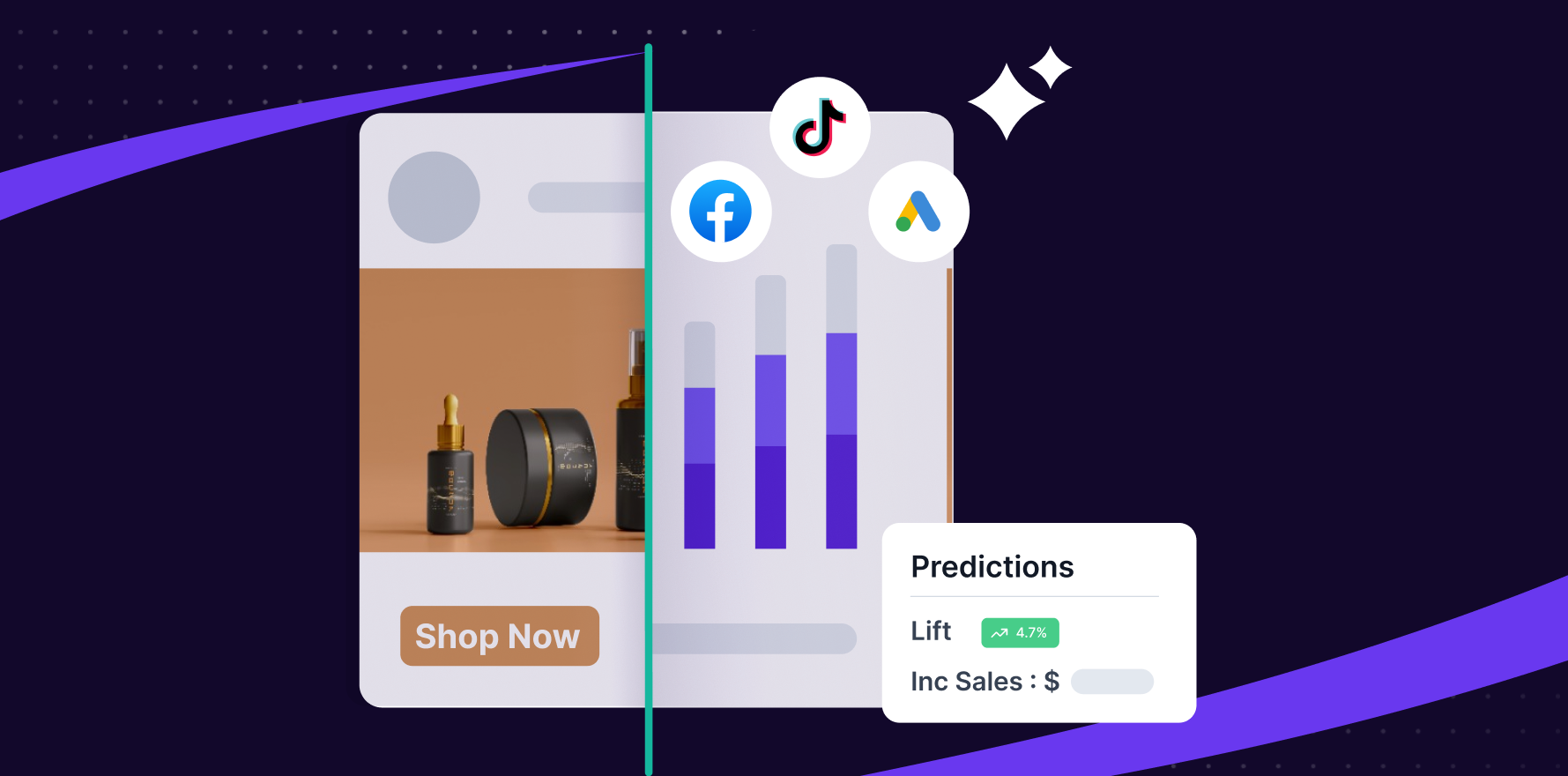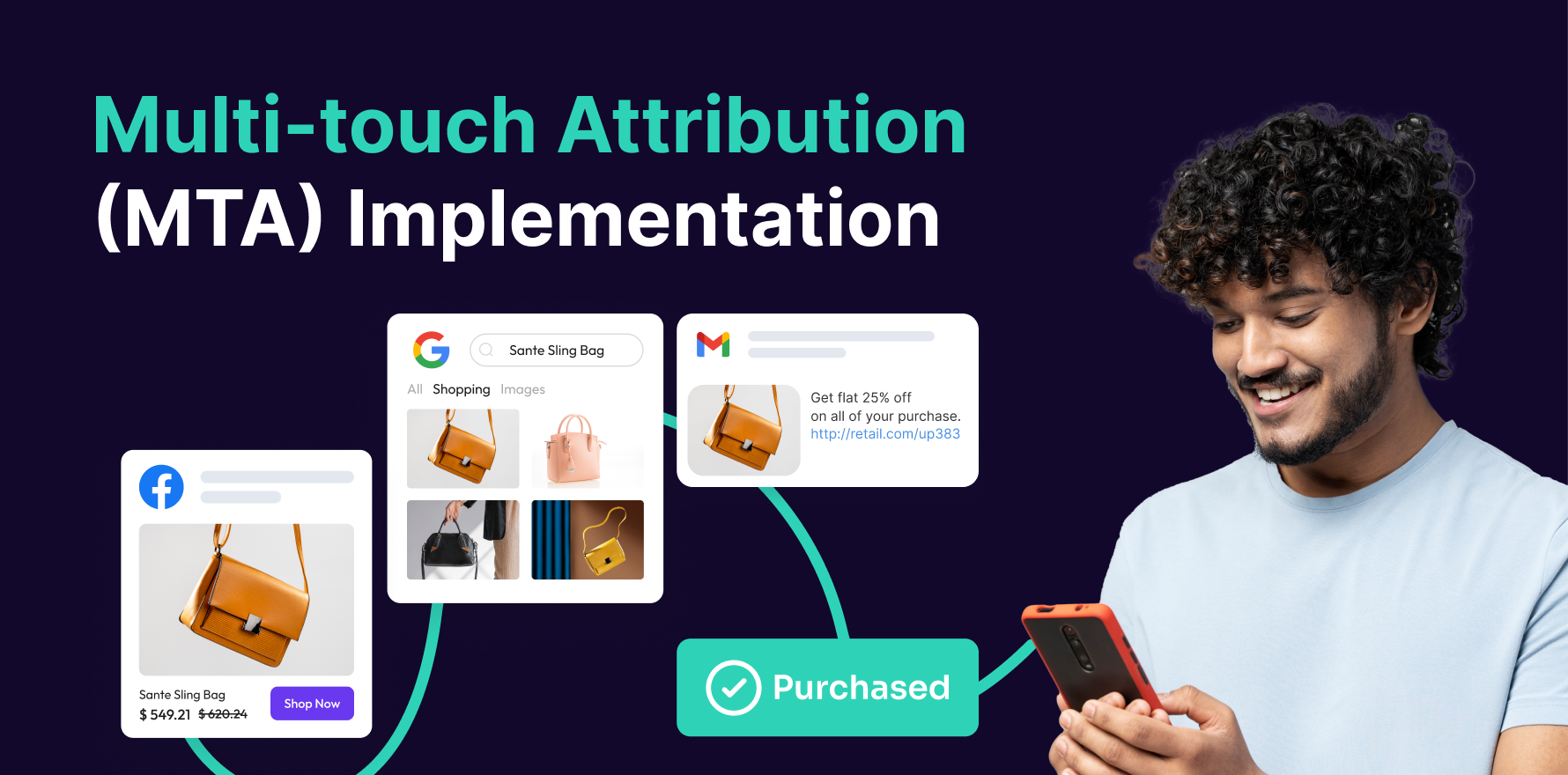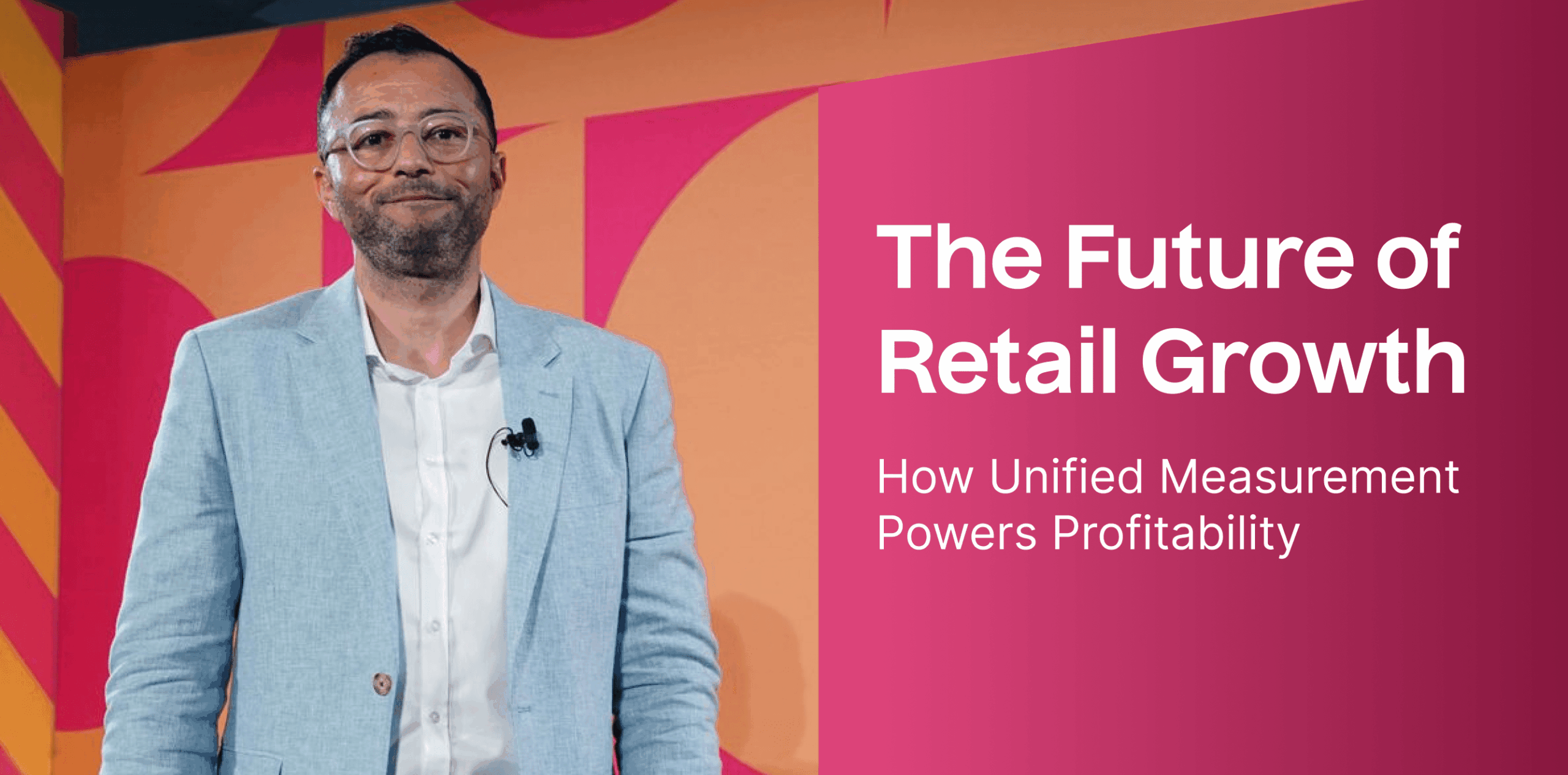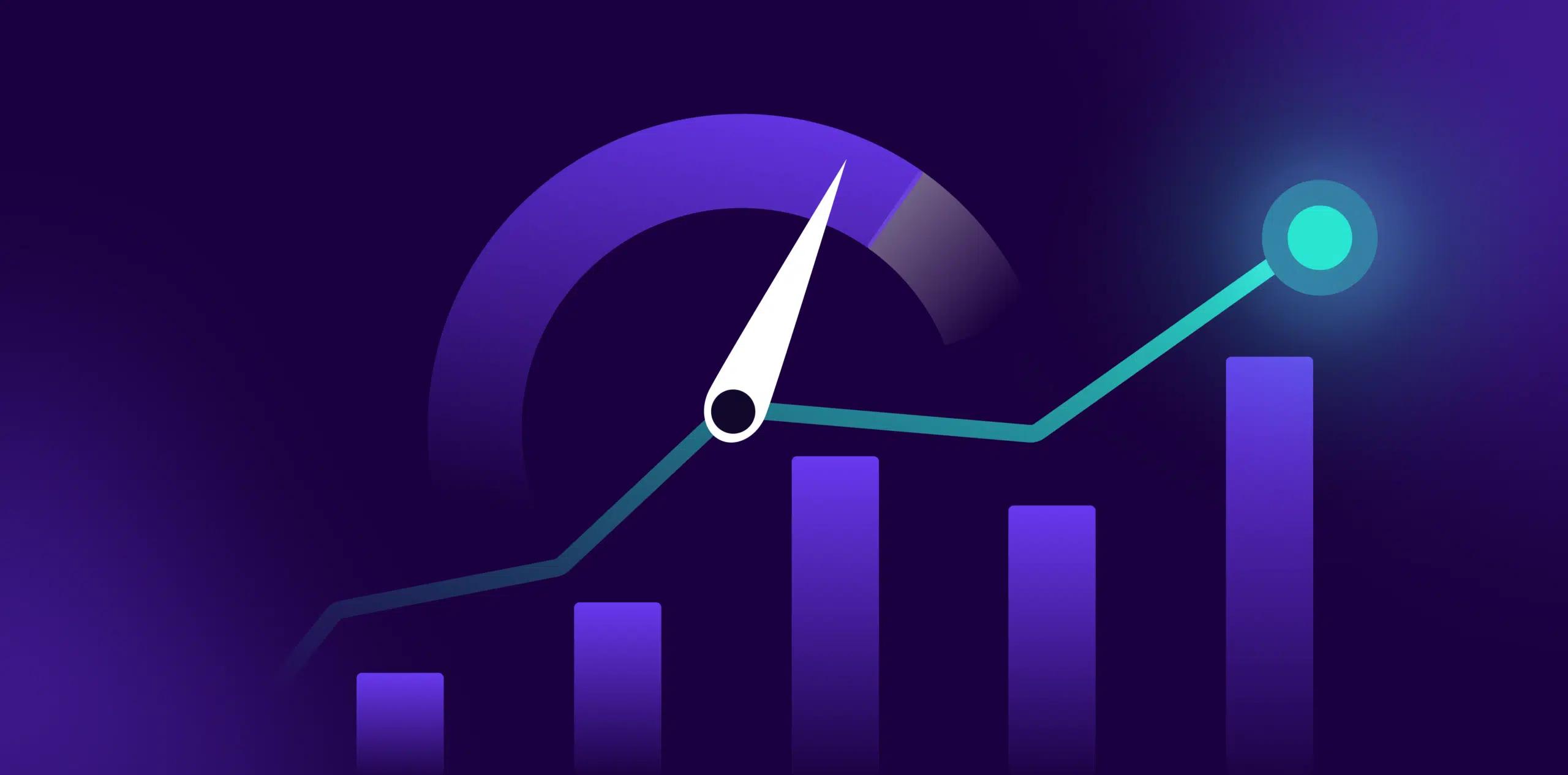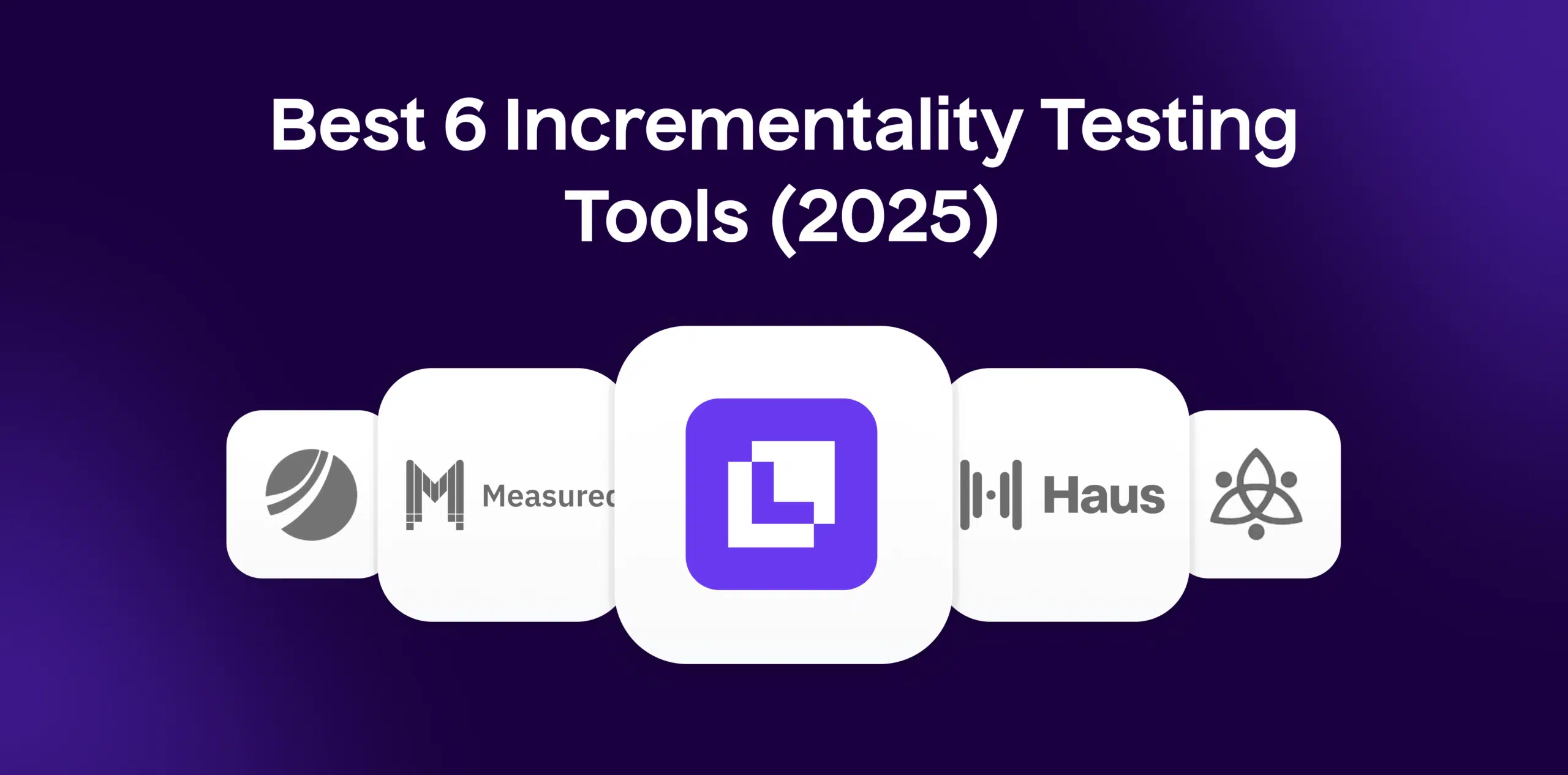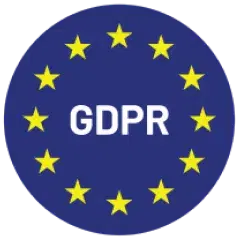What is Treatment Group?
In ecommerce, a treatment group refers to a subset of customers who are exposed to different variables as part of an A/B or multivariate testing scenario. These variables could be anything from a new website layout to a different promotional offer. The performance of the individuals in this group is then compared with a control group that was not subject to the changes.
The purpose of a treatment group is to establish causality between particular changes and customer behaviors or outcomes. The results obtained from treatment groups help businesses make data-driven decisions, tailor user experiences, and optimize marketing strategies.
Formula
In an A/B testing experiment, total users are typically divided into two groups – a control group and a treatment group. The size of each group is often determined by the total user base and the specific goals of the A/B test.
Example
If an ecommerce site wants to determine the impact of a new checkout process on their conversion rates, they can decide to expose 50% of their users (the treatment group) to this new process. The remaining 50% (the control group) will not experience any changes. After running the change for a set period, the resultant conversion rates of the two groups can be compared to determine the effectiveness of the new checkout process.
Why is Treatment Group important?
Treatment groups are essential for implementing changes within an ecommerce business framework. From testing web design features, to payment gateways, or a new product line, these groups provide important insights about the user response to changes without significantly impacting all customers. It mitigates risk and enables sound, data-driven decision making.
Which factors impact Treatment Group?
To enhance the validity of testing results, the treatment group’s size and selection should be well-thought-out. The selection should be random to avoid any bias; the group size should be large enough to yield significant results without overwhelming the treatment group. It may also be beneficial to design several smaller treatment groups when testing multiple variables to isolate the effect of individual changes.
How can Treatment Group be improved?
The outcome of treatment groups is impacted by various factors. This includes the sample size, length of the testing period, the significance of the changes implemented, the way changes are introduced, and eventually, the authenticity of data.
What is Treatment Group’s relationship with other metrics?
The results derived from treatment group analyses correlate with various ecommerce metrics such as conversion rates, bounce rates, average order value (AOV), and customer lifetime value (CLTV). It can also influence other crucial metrics like return on advertising spend (ROAS) and new customer acquisition rate.
Free essential resources for success
Discover more from Lifesight
